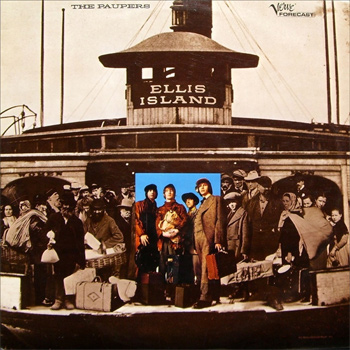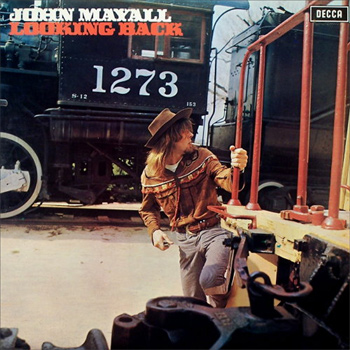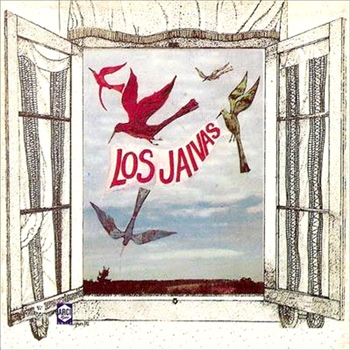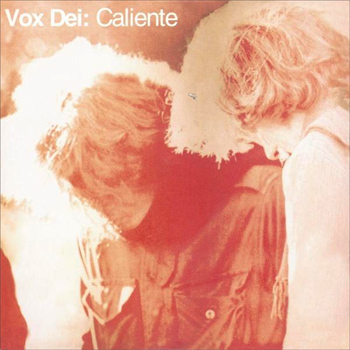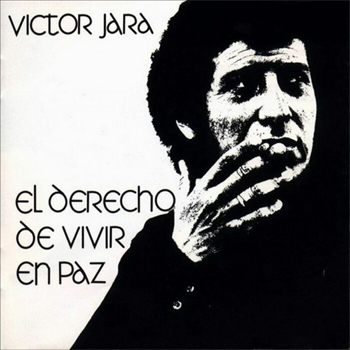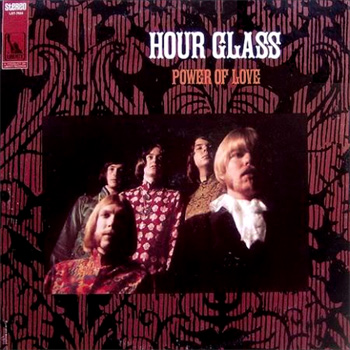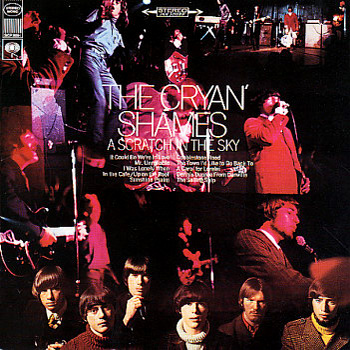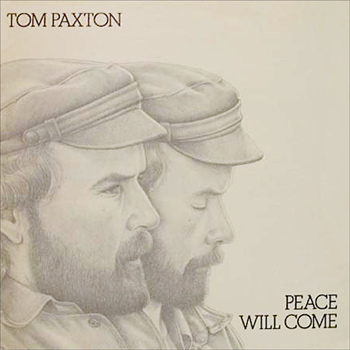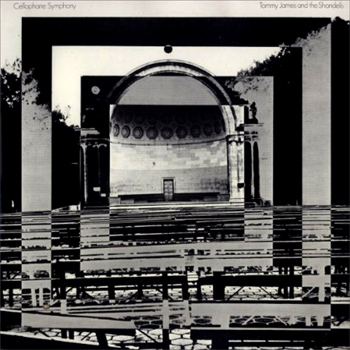Soundtrack to Performance

Despite boasting a rather eclectic hodgepodge of performers, the record was all cut by Nitzsche with a steady session band built on the inimitable guitar of Ry Cooder. Despite star turns by Mick Jagger and Randy Newman, however, it may very well be that it’s the soundtrack’s production that ends up stealing the show. Weird electric hums and echoing tape loops bounce in and out of the songs tying everything together and giving even the straightest material a surreal edge. I actually find that this album is very much in the spirit of two related works cut around the same time: Buffy Sainte-Marie’s Illuminations album and Mick Jagger’s warped and surprisingly uncharacteristic soundtrack to Kenneth Anger’s film Invocation For My Demon Brother.
It’s most likely Jagger’s participation which has kept this album available all these years, seeing as his one song here, Memo From Turner, has become something of a Stones classic. It’s a great song, but in no way overshadows the rest of the material. A young Randy Newman kicks off the record with one of his heaviest vocals on Gone Dead Train, which Nitzsche would later re-record on Crazy Horse’s self-titled album. Performance’s real gem, though? Merry Clayton turning in an absolute barnstormer with Poor White Hound Dog. This cut features my favorite example of Nitzsche’s weird electronic aesthetic, with random bursts of white noise and warbling Moog elevating the otherwise-straightforward R&B piece into something entirely unique. Buffy Sainte-Marie’s appearances here are unfortunately limited to two psychedelic mouth-bow instrumentals which, while enjoyable, aren’t much to write home about. Ry Cooder’s guitar pieces have a little more meat to them, with Get Away tuning in the spirit of early Captain Beefheart (on whose records Cooder, of course, contributed in a big way) and Powis Square highlighting the panoramic, soulful acoustic bottleneck style that would arguably culminate in his haunting score to Wim Wenders’ Paris, Texas.
The oddball here is definitely the inclusion of the Last Poet’s black power anthem Wake Up, Niggers, an early political rap by New York’s pioneering street poets. While clearly interrupting the spectral mood of the record, this piece does nevertheless add an interesting new angle to the proceedings and help to break up the music’s intensely Nitzschean framework. The producer’s own compositions, the ethereally orchestrated Rolls Royce and Acid and rather beautiful piano piece Harry Flowers, shine a little bit of calm and meditation into the claustrophobia and are perhaps the most overtly cinematic recordings here.
Rarely does one find a rock and roll-based soundtrack that so perfectly manages to tie this kind of sweeping, emotional power with uniform listenability, and the fact that so many talented musicians managed to turn in such defining performances on this one thirty-seven minute album is a testament to the producer’s vision as well as the era from which it emerged (as Hunter S. Thompson would so famously put it, the place where the wave finally broke and rolled back, i.e. the end of the communal dream that was the sixties). It looks as though Performance is out of print these days in any tangible format, but besides the ever-present vinyl originals floating around out there you can pick up a digital copy without much hassle.
mp3: Gone Dead Train
mp3: Poor White Hound Dog
![]() Original | 1970 | Warner Bros | search ebay ]
Original | 1970 | Warner Bros | search ebay ]
![]() Reissue | Warner Bros | buy here ]
Reissue | Warner Bros | buy here ]
![]() Spotify link | listen ]
Spotify link | listen ]
